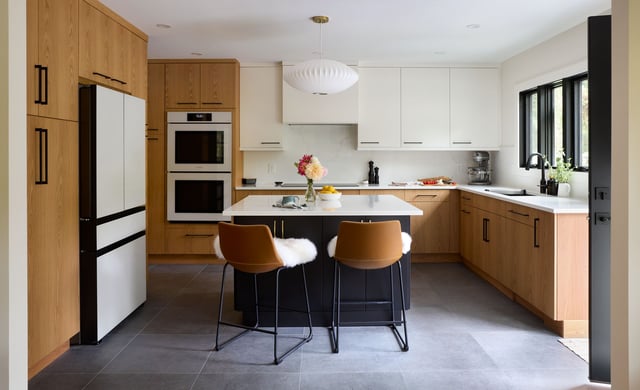
Kitchen
A Pound Ridge Kitchen Remodeled: From Dated to Modern
10.14.2025

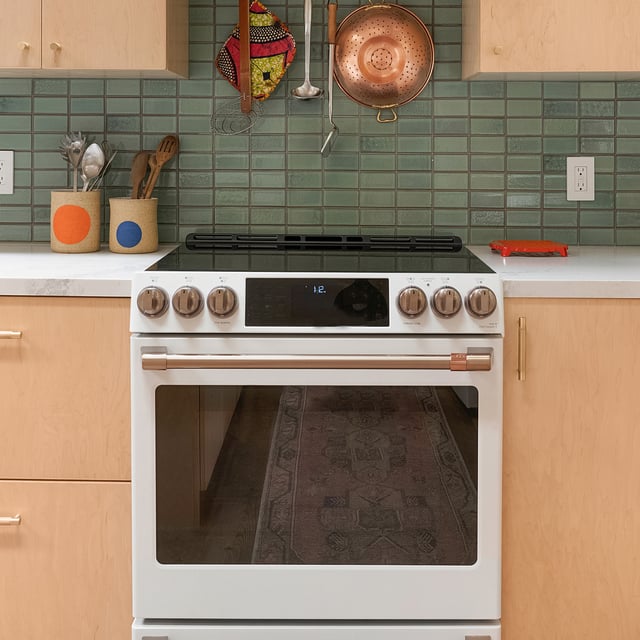
In This Article
Remodeling your kitchen is a chance to rethink how you cook, entertain, and enjoy your home. The appliances you select—especially your main cooking surface—play a major role in how your kitchen looks, feels, and functions every day. Whether you’re a weekend pancake pro, a weeknight stir-fry enthusiast, or someone who simply wants a space that works for your life, understanding the differences between a cooktop and a range will help you make a smart, lasting investment. Let’s break down the details so you can cook up a kitchen that’s both practical and personal.
|
Feature |
Cooktop |
Range |
|
Price |
$300–$2,500 (cooktop only); wall ovens $700–$3,500; installation $500–$2,000+ |
$600–$6,000+ (all-in-one); installation $500–$1,500 |
|
Longevity |
10–15 years; easy to replace separately |
13–20 years; oven and cooktop wear together |
|
Aesthetics |
Sleek, integrated look; flexible placement |
Classic, all-in-one appliance; can be a focal point |
A cooktop offers a streamlined, built-in appearance that blends seamlessly with your countertops. This setup allows for more flexibility in kitchen design, as you can place the cooktop wherever it works best—on an island, along a wall, or even under a window. The separate wall oven can be installed at a convenient height, making it easier to access without bending.
A range, on the other hand, is a single appliance that combines both the cooktop and oven. Ranges often serve as a visual anchor in the kitchen, especially when paired with a statement hood or backsplash. They’re available in a variety of finishes and styles, from professional stainless steel to colorful retro designs, making it easy to match your kitchen’s personality.

When comparing cooktop vs. range pricing, it’s important to look beyond the sticker price. Cooktops typically cost between $300 and $2,500, but you’ll also need a separate wall oven, which can range from $700 to $3,500. Installation for both can add another $500 to $2,000 or more, especially if cabinetry or electrical work is required. The total investment for a cooktop and wall oven setup often lands between $2,000 and $8,000.
Ranges, which combine both cooking and baking functions, start around $600 for basic models and can exceed $6,000 for professional-grade appliances. Installation is usually simpler, costing $500 to $1,500. For most homeowners, a range is a more budget-friendly choice, especially in smaller kitchens or when simplicity is a priority.
Transparent Pricing You Can Trust

Performance is a key consideration in the cooktop versus range top debate. Cooktops are often chosen for their precision and flexibility. They’re available in gas, electric, and induction models, and can be paired with a wall oven that offers advanced features like convection or steam cooking. Because the cooktop and oven are separate, you can replace or upgrade one without affecting the other.
Ranges are built for durability and convenience, with both the cooktop and oven in a single unit. This can make repairs more complex, as issues with one component may affect the whole appliance. However, many ranges are designed for heavy use and can last for years with proper maintenance. If you love to bake and cook at the same time, a range keeps everything within arm’s reach.
When it comes to versatility, cooktops and ranges each offer unique advantages. Cooktops allow you to customize your kitchen configuration—install the cooktop on an island for social cooking, or pair it with a wall oven that features convection, steam, or even smart technology. This separation means you can choose the best appliance for each task, and upgrade them independently as your needs change.
Ranges, meanwhile, pack a lot of features into a single footprint. Many modern ranges offer double ovens, warming drawers, and integrated griddles or grills. Some high-end models include air fry settings, self-cleaning cycles, and smart controls. If you want everything in one place, a range delivers a wide array of cooking options without the need for multiple installations.

When it comes to resale value, both cooktops and ranges can be attractive to buyers—if they’re well-chosen and professionally installed. High-end ranges, especially those with commercial styling or premium features, are often seen as a luxury upgrade and can boost your kitchen’s appeal. Cooktops paired with wall ovens are popular in modern, custom kitchens and can signal thoughtful design and convenience.
Ultimately, the best ROI comes from choosing appliances that fit your kitchen’s layout and your lifestyle. A well-designed kitchen with quality appliances—whether it features a cooktop or a range—will always stand out to future buyers.
A cooktop is ideal for kitchens where flexibility and custom design are priorities. If you want to separate your cooking and baking zones, or if you’re working with an open-concept layout, a cooktop allows you to place appliances exactly where you want them. This setup is also great for multi-cook households, as one person can use the cooktop while another uses the oven. Cooktops are especially popular in modern and contemporary kitchens, where a seamless, integrated look is key.
A range is a smart choice for kitchens where space is limited or where simplicity is preferred. If you want an all-in-one solution that’s easy to install and maintain, a range delivers both cooking and baking power in a single footprint. Ranges are also well-suited to traditional, transitional, and Mid-Century Modern kitchens, where a classic look and straightforward functionality are important. For passionate home cooks who love the feel of a professional kitchen, a high-end range can be a true centerpiece.

Choosing between a cooktop and a range is just one step in creating a kitchen that fits your life. At Block Renovation, we help homeowners make confident decisions with expert guidance, transparent pricing, and access to top-quality contractors. Whether you’re planning a full kitchen remodel or just upgrading your appliances, our team is here to support you every step of the way. Ready to get started? Explore your options and see how Block can help you create a kitchen you’ll love for years to come.

Written by Block Renovation
Is one option more energy-efficient than the other?
Can installation of either be DIY?
Do cooktops or ranges require special ventilation?
Can I upgrade from a range to a cooktop and wall oven later?
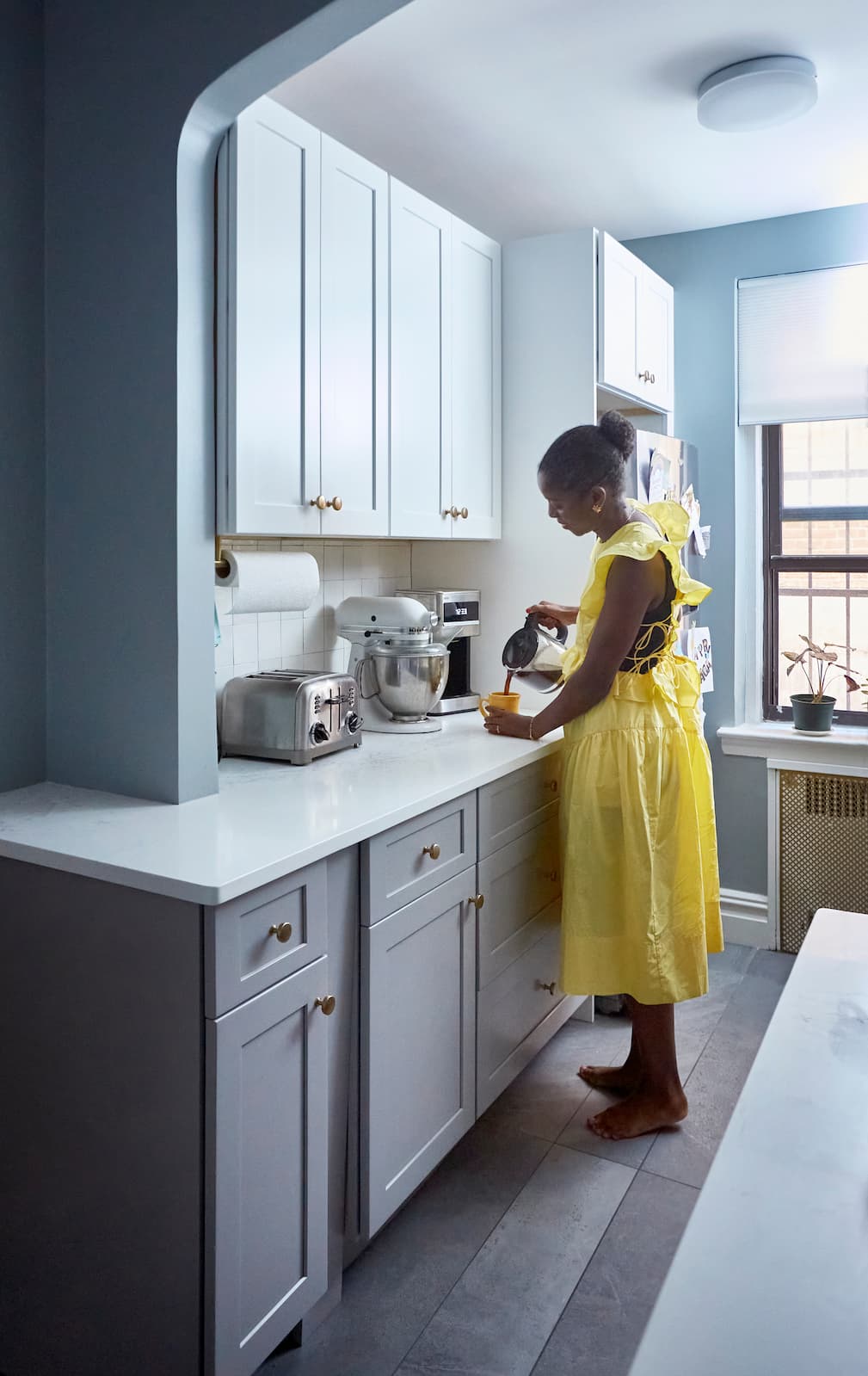
Renovate confidently with Block
Easily compare quotes from top quality contractors, and get peace of mind with warranty & price protections.
Thousands of homeowners have renovated with Block

4.5 Stars (100+)

4.7 Stars (100+)

4.5 Stars (75+)

Kitchen
A Pound Ridge Kitchen Remodeled: From Dated to Modern
10.14.2025
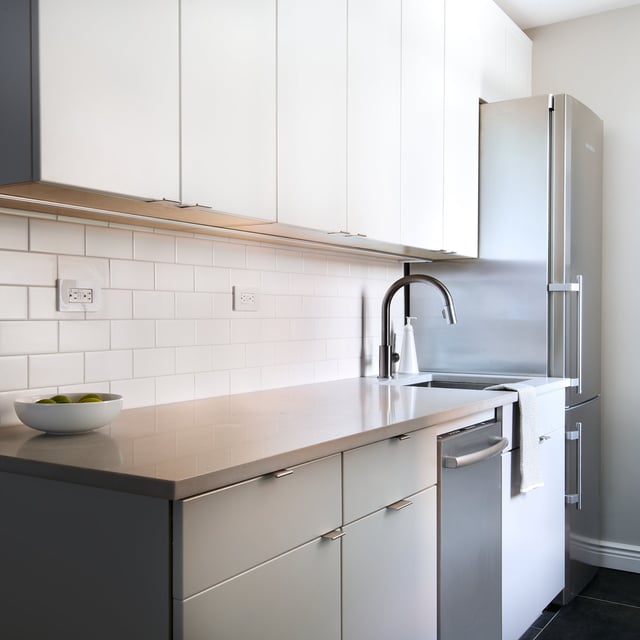
Kitchen
Kitchen Remodel Ideas - Before and After
10.13.2025
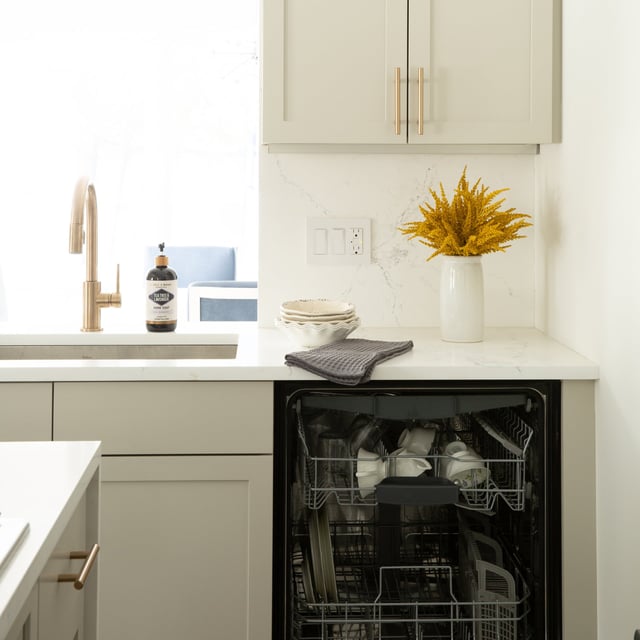
Kitchen
Life Expectancy of Your Home Appliances: Kitchen & More
09.29.2025

Kitchen
Cooktop vs. Range: Pricing, Longevity & More
09.05.2025
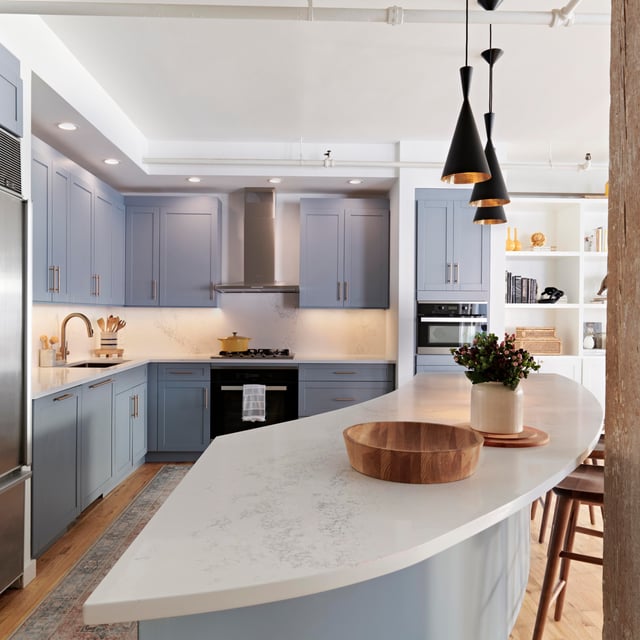
Kitchen
High End Kitchen Remodel: Budgeting Luxury Costs
08.28.2025
Renovate confidently